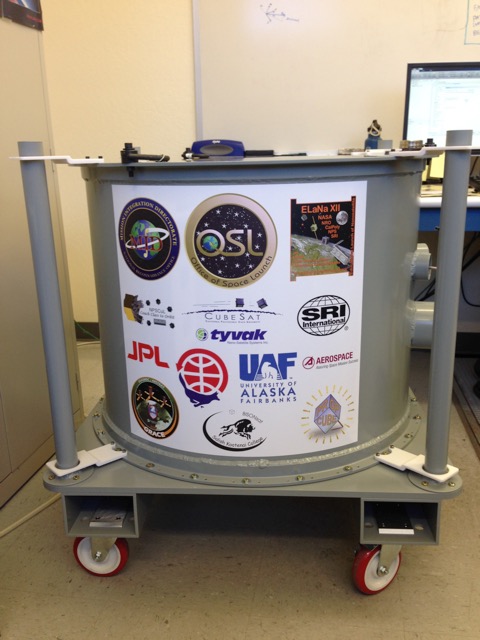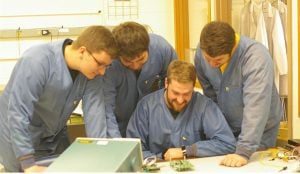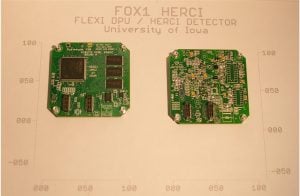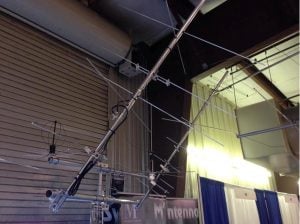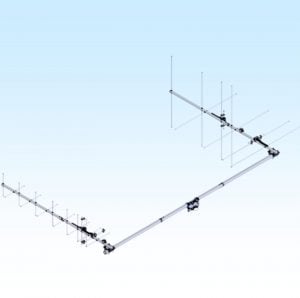APRIL 14, 2015 – Mission logos on the NPSCuL shipping container for the GRACE mission, including Fox-1A.
APRIL 9, 2015 UPDATE – Today the NPS team completed both X and Y axis acceptance vibration tests on the NPSCuL with no issues. (Z axis vibe was completed April 8.) Roll tests were conducted after each axis and no loose parts were heard. GRACE is now sealed up in the shipping container and ready for transport. Next stop: VAFB!
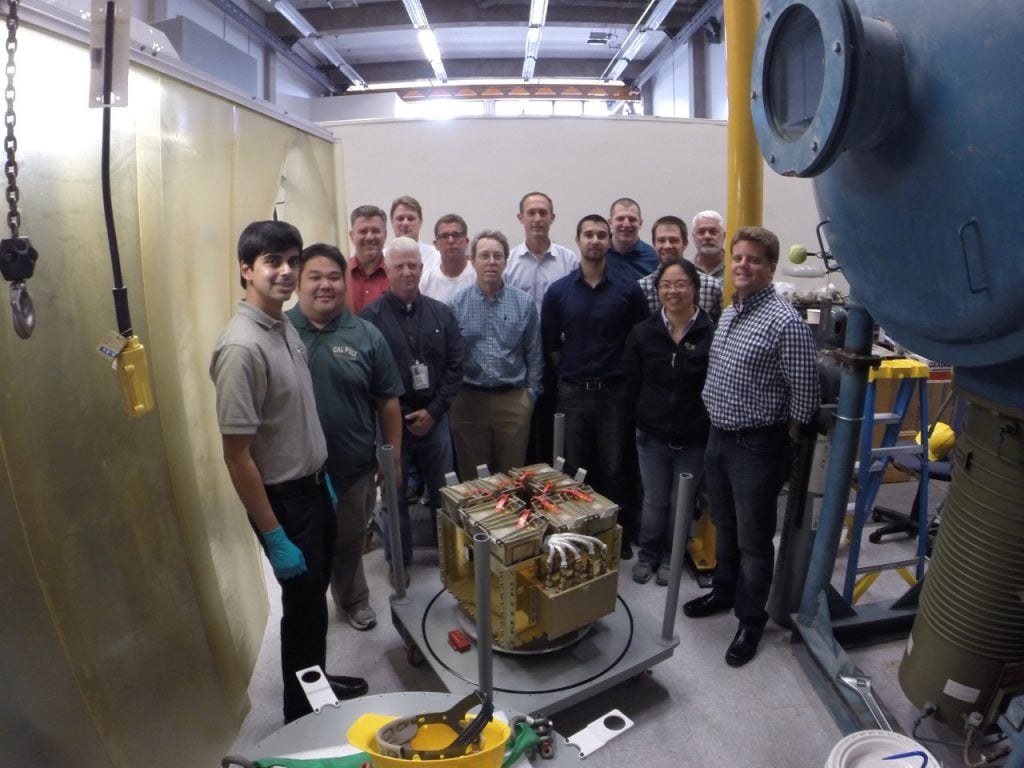
UPDATE – The P-PODs were delivered to Naval Postgraduate School this week and have been integrated in the NPSCuL.
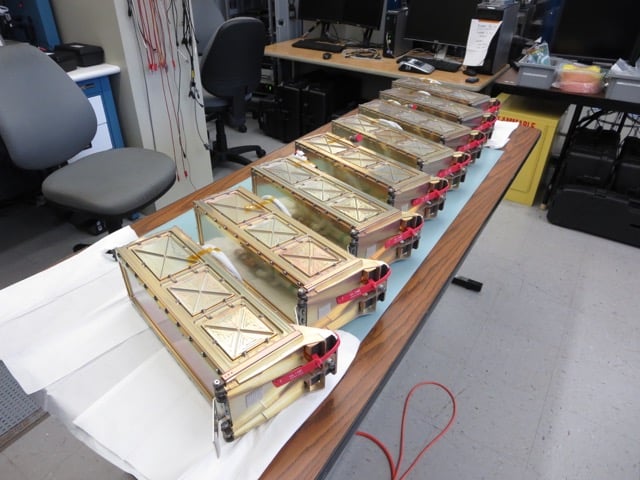
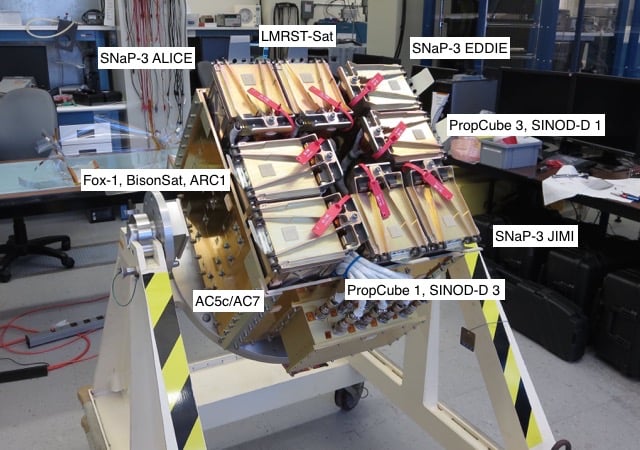
The video linked below was provided to all of the GRACE mission CubeSat teams by Justin Foley of Cal Poly.
Justin says “A few years back we put together a video that outlines the process we go through to get CubeSats on the Atlas V. This video follows the payload we put on NROL-36, aka OUTSat, which launched from VAFB and carried 11 cubes. The process is very similar to what your satellites are going through now.”
You saw the photos of the P-POD integration in the Cal Poly clean room yesterday, which is where this video begins the story. The last two CubeSats were being integrated in their P-POD today (March 26). All of the P-PODs will then head up to the Naval Postgraduate School next week for integration in the NPSCuL and acceptance testing, and then be sent on to Vandenberg (cue video) –
(Thanks to Justin D. Foley for the YouTube video link.)

